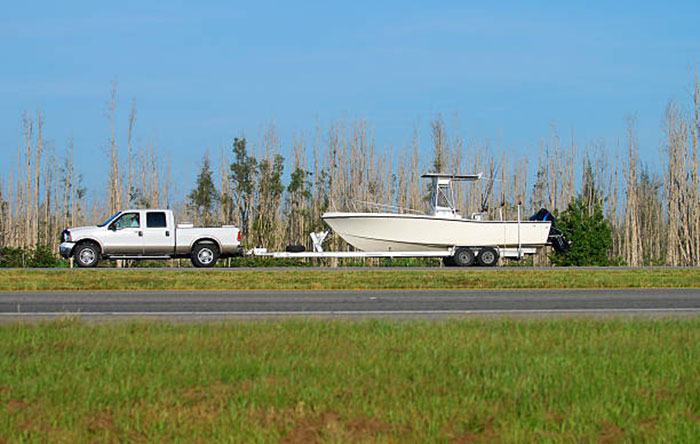For boating enthusiasts, launching and retrieving your vessel from the water can be a stressful task, especially if you don’t have a clear view of what’s happening behind your trailer. The good news is, there is a simple solution to this common boating challenge – installing reversing cameras from Safety Dave. Read on to see how rearview cameras on your boat trailer can transform your boating experience into a safer and more convenient journey.
Why Install Reversing Cameras?
Before we dive into the installation process, let’s first understand the benefits of having a rearview camera on your boat trailer:
- Enhanced Safety – rear vision cameras provide an unobstructed view of what’s happening behind your trailer, preventing accidents and collisions during the launch and retrieval process.
- Easier Manoeuvring – Reversing a trailer can be a daunting task, but a camera makes it significantly easier to align the boat with the water and the trailer with your tow vehicle.
- Time and Stress Savings – No more relying on a spotter or guesswork. With a rearview camera, you can complete the task more quickly and with less stress.
Now, let’s get into the installation process.
Installation Steps for Reversing Cameras on Boat Trailers
Choose the Right Camera
Select a high-quality rearview camera kit that is waterproof, durable, and equipped with night vision for low-light conditions. Safety Dave can help with a wide range of reversing camera kits suitable for marine usage.
Position the Camera
Once you have purchased and unpacked your kit, determine the ideal camera placement. The camera should have a clear view of the area behind the boat, including the hitch and the water. Mount it securely as instructed in the product manual.
Connect the Camera
Connect the camera to your trailer by following the installation instructions in your camera kit. Safety Dave’s reversing cameras are simple to install and come with easy to read instructions. Our staff are also happy to provide support online or over the phone if you have any troubles with connection.
Route the Wiring and Connect to Your Tow Vehicle
Carefully route the camera’s wiring along the trailer frame to your tow vehicle. Then, connect the camera’s wiring to the screen or monitor on your dashboard. This connection may involve a wireless system or a wired setup, depending on your camera and monitor.
Test the Camera
Before heading to the boat ramp, make sure you test your newly installed reversing camera to ensure its functioning as it should. Check for image clarity and make any necessary adjustments to the angle of the camera so that you have maximum visibility behind your boat. You don’t want to arrive at the ramp with your new camera installed only to find out it isn’t working properly!
Boating with Confidence
With a rearview camera system installed and operational on your boat trailer, you’ll have the peace of mind of knowing that you can launch and retrieve your vessel in the safest manner. Use the camera’s view to guide your movements and remember that practice makes perfect. Also keep in mind that reversing cameras are highly beneficial but they are not a substitute for skill – continue to practice manoeuvring and don’t rely solely on your cameras.
Installing reversing cameras on your boat trailer can significantly improve the safety and convenience of your boating adventures. With this added tool in your arsenal, you can navigate tight spaces and challenging launch ramps with ease.
Safety Dave is here to help with quality safety products at affordable prices. From rear vison cameras and TPMS to an AED/defibrillator for sale, we have everything you need to make your home, office, vehicle, or vessel safer. Contact us today by calling 1800 072 338 or browse our range online now.


